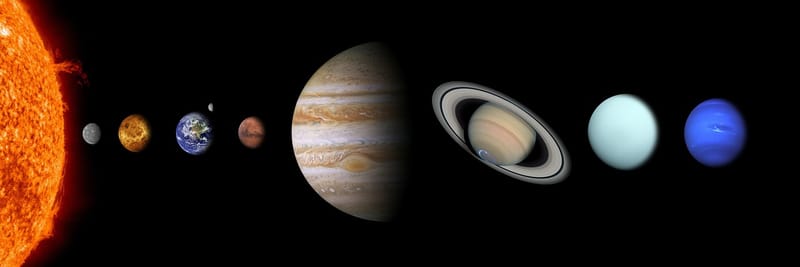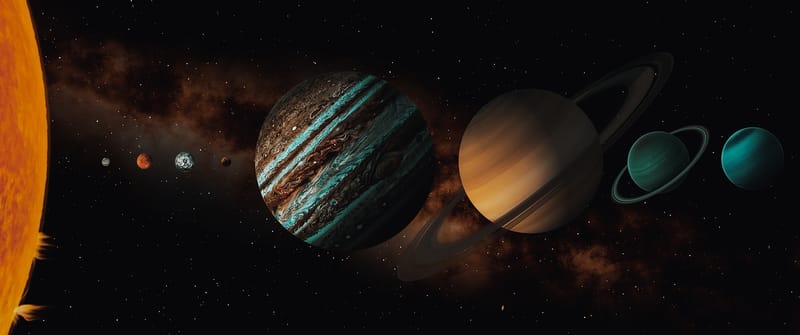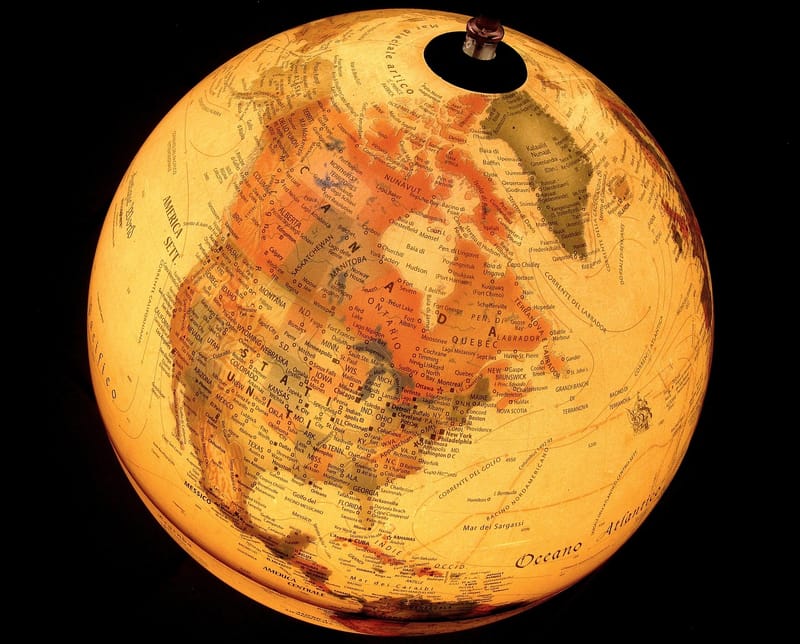Planets - Part 1
Exploring Our Solar System: A Guide to the Planets - Part 1
Welcome to our comprehensive guide to the planets in our solar system! In this series, we will take you on a journey through the fascinating worlds that orbit our Sun. Let's start by exploring the first four planets closest to the Sun: Mercury, Venus, Earth, and Mars.
1. Mercury

Mercury is the closest planet to the Sun and also the smallest planet in our solar system. It is named after the Roman messenger god due to its fast orbit around the Sun. Mercury has a heavily cratered surface and extreme temperature variations, with scorching hot days and freezing cold nights.
2. Venus

Venus is often called Earth's "sister planet" due to its similar size and composition. However, Venus has a thick atmosphere that traps heat, making it the hottest planet in our solar system. Its surface is rocky and dotted with volcanoes, some of which are still active.
3. Earth

Earth is the third planet from the Sun and the only known planet to support life. It has a diverse range of ecosystems, from lush forests to vast oceans. Earth's atmosphere is rich in oxygen, making it suitable for a variety of plant and animal species.
4. Mars

Mars, often called the "Red Planet" due to its rusty color, is known for its dusty surface and giant volcanoes. It has the largest volcano in the solar system, Olympus Mons. Mars also has polar ice caps and a thin atmosphere, making it a focus of ongoing scientific exploration for signs of past or present life.
Stay tuned for the next part of our series, where we will delve into the outer planets of our solar system!
Explore more about planets here.
